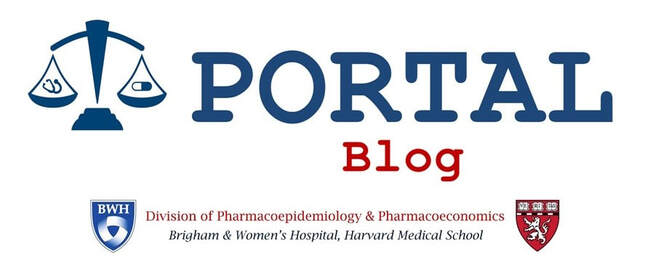|
By Benjamin N. Rome, Wiliam B. Feldman, Rishi J. Desai, and Aaron S. Kesselheim As US prescription drug spending continues to rise, there has been particular concern about the common practice of drug manufacturers raising prices for existing drugs each year, by an average of 9.1% over the past decade. Drug manufacturers argue that these increases in “list price” are not meaningful, since they offer rebates and discounts and that result in lower “net prices.” However, these rebates are given to insurers and pharmacy benefit managers and not passed along to patients. In a new study published in JAMA Network Open, we studied the correlation between changes in list prices, post-rebate net prices, and average out-of-pocket spending among patients with commercial insurance for 79 brand-name drugs. From 2015 to 2017, average list prices increased by 16.7%, net prices by 5.4%, and average out-of-pocket spending by 3.5%. Overall, there was no correlation between changes in list or net prices and patient out-of-pocket spending, but there was variation based on patients’ insurance designs. Approximately half of patients in the study paid deductibles or coinsurance; for these patients, average out-of-pocket spending rose by 15.0% from 2015 to 2017 and was correlated with changes in drugs’ list but not net price. The other half of patients, who paid only fixed copayments, had no increase in average out-of-pocket spending. These results show that exorbitant list prices set by drug manufacturers do influence how much patients pay for drugs. Insurers are increasingly using deductibles and coinsurance to shift high drug prices to patients, but this exposes patients to the unregulated prices set by drug manufacturers. Higher out-of-pocket costs have been linked with lower medication adherence and worse clinical outcomes. We propose several possible policy solutions, including preventing drug manufacturers from raising list prices faster than inflation or penalizing them for doing so (the latter of which is already done by Medicaid), eliminating confidential rebates by manufacturers to insurers, or mandating that these rebates be passed along directly to patients. By Aayan N. Patel, Aaron S. Kesselheim, and Benjamin N. Rome Generic drugs account for 90% of filled prescriptions and have saved the US healthcare system more than $1 trillion in the past decade. While generally much less expensive than brand-name drugs, spikes in the prices of certain generic drugs have been widely reported, resulting in higher patient out-of-pocket contributions and excess spending by government programs like Medicaid. In new research published in Health Affairs, we examined Medicaid prescription drug spending and found that 1 in 5 generic drugs doubled in price between 2014 and 2017, though the frequency of price spikes decreased over this period and was improved from studies of prior time periods. Price spikes were most common among injectable drugs, drugs with three or fewer manufacturers, and drugs experiencing shortages. These generic drug price spikes resulted in roughly $1.5 billion in excess Medicaid spending from 2014 to 2016, representing 4.2% of Medicaid spending on generic drugs during this period. Since 2017, the Medicaid Drug Rebate Program requires generic drug manufacturers to provide additional rebates if prices increase faster than inflation (similar to brand-name drugs), but generic drug price spikes will continue to impact out-of-pocket costs and spending for non-Medicaid patients. A prior study that found that the frequency of generic drug price spikes had increased from 2007 to 2013, and the new study suggests this trend has reversed in recent years, possibly because of increased public scrutiny and efforts by Congress and the US Food and Drug Administration to increase generic competition. While most price spikes were among generic drugs with 3 or fewer manufacturers, 1 in 10 drugs with 8 or more manufacturers experienced a price spike, suggesting competition alone may not be sufficient to eliminate price spikes. The US Department of Justice and forty-six states have ongoing investigations into multiple generic drug manufacturers about collusive activity that allegedly occurred in late 2013 to 2015. We suggest that policymakers should target injectable drugs, drugs with limited competition, and drugs experiencing shortages to further reduce the frequency of such spikes and prevent unnecessary spending by patients and payers associated with generic drug price spikes. |
AuthorPORTAL Blog posts are authored by PORTAL faculty, trainees, and collaborators. Archives
January 2022
Categories |
|
Program On Regulation, Therapeutics And Law (PORTAL)
Division of Pharmacoepidemiology and Pharmacoeconomics 1620 Tremont Street, Suite 3030 Boston, MA 02120 |








 RSS Feed
RSS Feed
